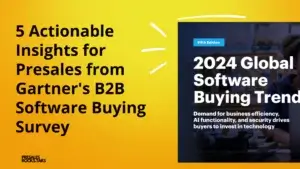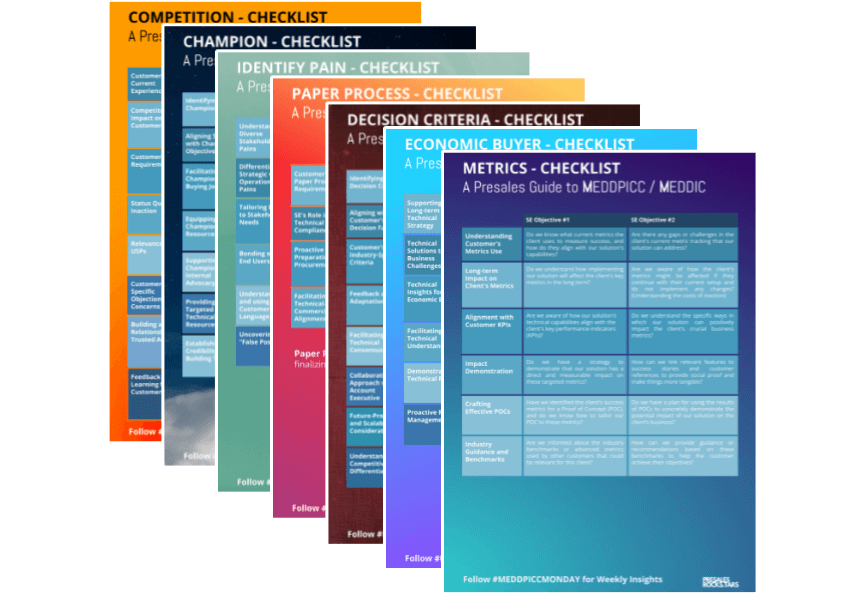Overcoming the urge to show all you bells ans whistles is tough. Every feature has its right to exist and has been developed for a reason. But going into too much detail can quickly cause an information overload and is one main reason for losing your audience and ultimately their business. Managing the complexity and information processing of your audience must be one of your key objectives to retain your audience’s attention.
Still, it is one of the most common demo mistakes to get lost in all the fancy tools to justify the investment costs of your solution. But especially in the early stages of your sales process, you don’t want to get lost in too much detail.
You don’t want to provide your audience with a training session or endless tour right away. Instead, you want them to understand the key benefits and and wider principle of your solution, rather than discussing the colour of certain buttons. As a presales consultant you want to stimulate your audience’s thoughts – enabling a vivid discussion how your solution can make their life easier.
A vision generation demo is supposed to build an imaginary picture of your solution in your buyers mind. However, by showing and presenting all your features you won’t leave any space for imagination! You do not stimulate discussion by dictating everything to the mind of your buyer.
Remember: we want to encourage a dialogue! An evolving discussion is one of the best benchmarks to measure the success of your demonstration and encouraging questions is one of the best ways to do so.
Giving your audience a taste of your solution stimulates their thoughts and interest, whereas a flood of features is killing the spark you want to create. And once again, once we have hooked our audience, they can tell you about their preferred level of information and dictate the demo flow themselves. If they want to dig deeper into specific features, they will tell you.
The further you are going into detail, the more likely they will come up with objections which are actually irrelevant at this point of time. If they get the benefit and value of your core feature, why provide them with a chance to question the less important details? Often, this ends in needless discussions about parts of your software which don’t really add up to the bigger picture. But once you have opened the door, they will keep asking these questions as they don’t see the value.
Getting lost at this stage will result in endless iterations and Q&A sessions. I have been there myself, discussing the most ridiculous and least relevant features over and over again. Instead of closing the deal within a reasonably short time frame – the overall fit has been great! – we lost weeks going back and forth until we had finally dissected all pieces of our software. Simply because I opened them the door, falling for my urge to show all the bells and whistles…
To make it worse, your urge will eventually lead to even more frustration. Have you ever had a prospect that told you something like “We do not need all these features. Could we please take them out of the proposal to get a cheaper price?”
What did just happen?! By overwhelming the audience with features, we did not just make it super complex to follow. We also gave them a reason to question our offering by spending time on features which did not meet their pain-points. Suddenly, we are having a hard time justifying our costs because we have spent to much time on things which are actually parts of the standard offering, but are not a priority too your buyer.
Be careful what you show and don’t mess up the sales process with irrelevant things. Instead, identify your prospect’s priorities and structure your demo by turning things upside down. Show the core benefit of your solution first. Less is more, and managing complexity is key. Avoid getting caught up in an endless back and forth discussing things which are not important.
There are certainly various types of software demonstrations. Sometimes we need to create a vision in our buyer’s minds. Sometimes we need to tick all the boxes and evaluation criteria we have been provided by our prospect. And sometimes we are talking to a group of people that would use our software day by day and get every single detail.
But in 90% of all demos, getting lost in detail is a fundamental mistake that has far-reaching consequences and significantly reduces your chances of closing the (bigger) deal.





